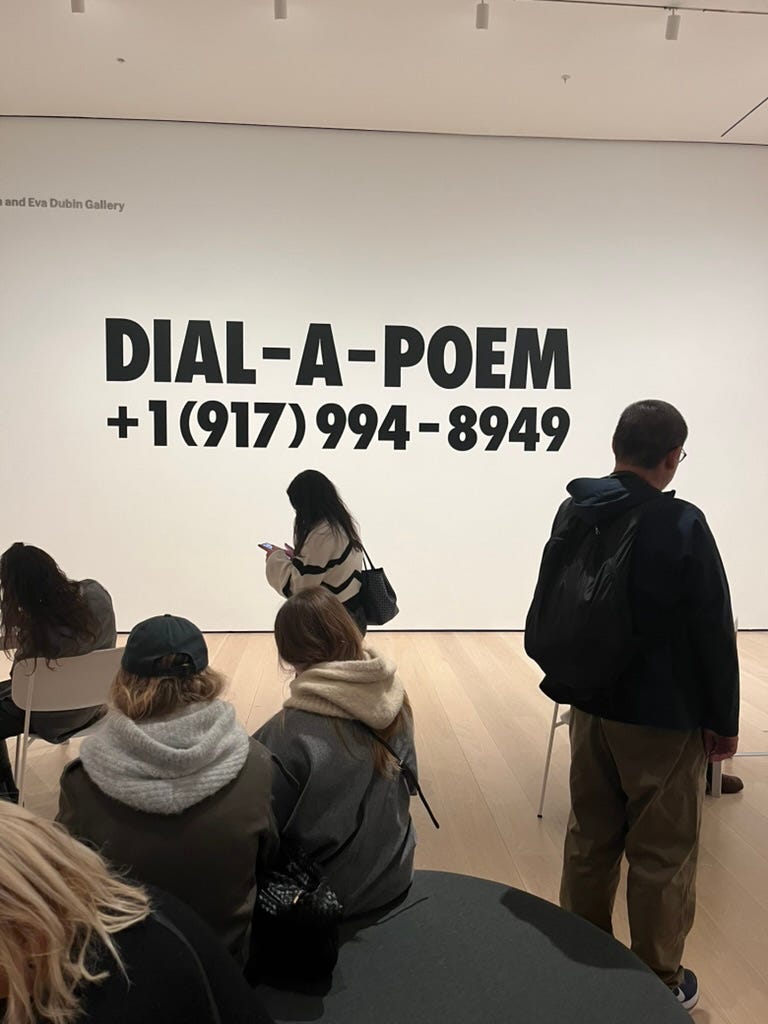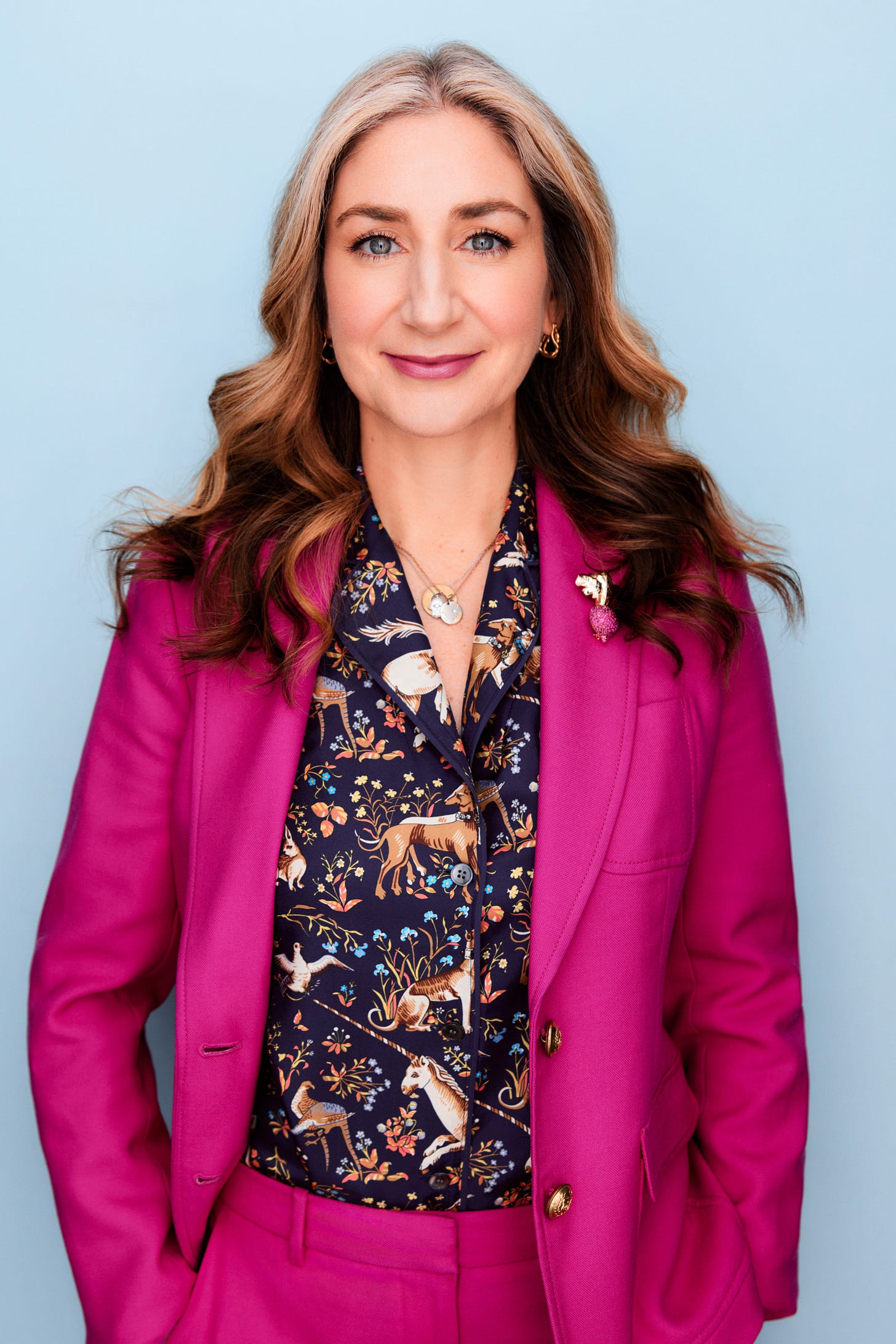My friend and former coach Alexis once told me she was intent on pushing back against the refrain of “that’s just the way it is.”
It was something we heard, both literally and tacitly, all the time as educators.
Why couldn’t some of our incoming 9th graders read? That’s just the way it is.
Why did our students, nearly all of whom identified as BIPOC, have to submit to metal detectors and X-ray machines every morning but not students at other schools? That’s just the way it is.
Why did teachers returning from maternity leave have to pump in their classrooms and offices, sometimes shared with male colleagues, sometimes with a DO NOT ENTER sign taped over the window in the door? That’s just the way it is.
I thought about Alexis’s words recently during a visit to a New York City public high school when I used this sink in the teacher bathroom:
I washed my hands and thought, This sink is not okay.
If you’ve worked in a school, you might be thinking, This sink is nothing. I’ve seen far worse sinks than this. And so have I. But there was something about this particular sink on this particular day that felt particularly not okay.
Maybe it was the two faucets, a relic from another plumbing era. Maybe it was the rust stain or the corroded caulking. Maybe it was someone’s valiant effort to make it nicer: two soap options, one a limited edition holiday peppermint scent, the phrase “Seasons of Joy” on the bottle.
Something about that peppermint soap broke my heart a little.
This sink is not okay. And this is not just the way it is. Not everywhere.
A month later I visited another New York City public high school, this one housed in the same building where I began my teaching career in 2003. If there is such a thing as architectural muscle memory, I have it. More than two decades later, I still know where all the teachers’ bathrooms are, including the one where I repeatedly sobbed as a first-year teacher.
I visited the classrooms of the five teachers I’m coaching this year. In each one of those classrooms the ancient heaters, some of them caged to prevent hypothetical vandalism, blasted. It was early January, and the temperature outside was barely out of the teens, but in every classroom I visited, a frigid draft gusted through an open window or an anemic air conditioner was on, sometimes both. These are the measures the teachers were taking to try to create a reasonable indoor temperature.
I didn’t think about how much energy and therefore money was being wasted by this solution to a heating system that apparently only has two settings (tropical or off), but that’s an important question.
What I was thinking about was the fact that I’d done the exact same thing in my own classroom exactly 22 years early. Nothing had been changed or fixed in more than two decades. It was not okay then, and it’s not okay now.
I’m not going to offer you solutions today for the systemic acceptance of these dehumanizing conditions as “just the way it is.” I’m going to start with the words.
These dehumanizing conditions are not okay. And the reason I know they’re not okay is because this is not just the way it is. Not everywhere.
Your turn:
If you have 5 minutes: Share a comment about something that resonates with you. First draft thoughts are welcome!
If you have 10 minutes: Take a gander at my other Substack RSBB. It’s another place where I push back against the idea of “that’s just the way it is,” but in a more personal context.
If you have 30 minutes: Schedule time on my calendar to chat about what you’re pushing back against. What else is not okay? It’s a free half-hour of thought partnership!
Getting Schooled
What I’ve been seeing and thinking about in my recent work with educators
I’ve loved consulting with Next Generation Learning Challenges (NGLC) as part of the Bravely coaching team at The Workshop School in Philadelphia this year! I was recently invited to write a guest post on NGLC’s blog about the work so far, and it was a pleasure to celebrate Workshop’s growth in deeply understanding problems as an antidote to the “solutionitis” that so often plagues us in education!
Plus:

Field Tripping
What I’ve been doing and experiencing on my weekly field trips (2 hours usually/mostly alone with my lifelong learner hat on)
I watched the documentary Breath of Fire.
I visited The Joffrey + Ballet in the US at the New York Public Library of the Performing Arts.
I saw The Clock at the Museum of Modern Art.
I watched the documentary Jim Henson: Idea Man.
I attended The Jerome Robbins Dance Division Annual Symposium 2025 online to see this year’s Dance Research Fellows presentations on Mikhail Baryshnikov and his legacy.
Want to try a field trip of your own but not sure how to get started? Schedule time on my calendar and let’s brainstorm together.
Reading Recs
What I’ve been reading and ruminating about recently
Still Writing: The Perils and Pleasures of a Creative Life by Dani Shapiro
Rebel Girl: My Life as a Feminist Punk by Kathleen Hannah
The Brontë Myth by Lucasta Miller
Liars by Sarah Manguso
The first half of Red Comet: The Short Life and Blazing Art of Sylvia Plath by Heather Clark
Plus:
This post-inauguration podcast episode was exactly the blend of corrective history, galvanizing talking-to, gallows humor, and warm hug I needed.
In it, Rebecca Traister says that resistance includes reading the books “they” don’t want us to read.
What book have you read recently or are you reading now that they don’t want you to read?
Let’s partner!
I help educators break through their blocks by finding the intersection of effectiveness and sustainability.
I believe educators need to stay connected to their passion and purpose to provide all students with joyful, enchanting, empowering learning experiences–without burning out.
I have more than 2 decades of experience as an educator with deep expertise in leadership and instructional coaching across grade bands and content areas, learner-centered professional development design and facilitation, and teacher team development.
Interested in learning more?
One more thing about cocoons
Educators are learners too, and here’s an amazing opportunity for high schools in New England to learn from schools in Tucson, Arizona. Participating schools receive mini-grants that defray all travel expenses and help pay for educators’ time and often offset costs for ongoing collaboration and implementation after the program. Applications are due Friday, February 7.
Thank you for reading this issue of The Cocoon. I’ll see you on the first Tuesday of next month.
And if you’re interested in the pleasures, perils, and politics of mid-40s, post-divorce, perimenopausal, red-state dating, please visit my other Substack RSBB. (Those are initials because the full name is a little spicy.) It makes a great Galentine’s Day gift for yourself or someone else!
Here’s what RSBB subscribers are getting this month:
February 11: The time I made teeth non-negotiable
February 18: The time my home became a hunting ground
February 25: The time I swore off sleepovers







Thank you for sharing this. I can still feel the oppressive heat in the over-functioning radiators of my teaching classroom... the stained sinks...the toxic water coming out of fountains...the idea that these conditions haven't changed in two decades is absolutely part of the dehumanizing status quo and what we are all willing to accept for students who have been systemically disenfranchised. I hadn't thought of it this way before, though. I appreciate the push!